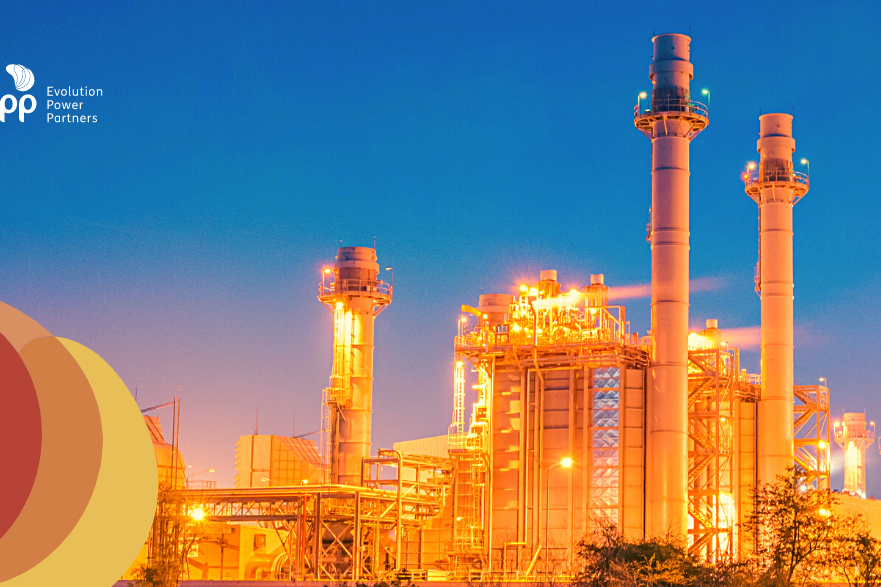Unexplored market, the demand for hydrogen in the world will grow substantially until 2030. Understand the expectations for the sector!
What is the demand for hydrogen in the world? To avoid the worst impacts of climate change in the world, it is necessary to opt for cleaner energy sources, such as hydrogen. Since the Industrial Revolution, temperatures have increased by 1°C, according to the Intergovernmental Panel on Climate Change (IPCC). A high of 0.5ºC would be enough for devastating effects, especially in tropical zones.
According to the International Energy Agency (IEA), the demand for hydrogen will increase from 90 million tons in 2020 to more than 200 million tons in 2030. The study took into account the replacement of hydrogen made from fossil fuels, for green hydrogen, which is low carbon produced from electrolysis with renewable energy. This data is important, as it shows how countries are already beckoning towards an energy transition.
The demand for hydrogen in Brazil
The scenario of increased demand for hydrogen is promising for Brazil. After all, the country already has a large part of the energy generation coming from clean sources. About 85% of Brazilian electricity is renewable and comes from sources such as hydropower, wind energy, solar energy and biomass.
The world average use of renewables is 28%. Because of these facts, the International Renewable Energy Agency (IRENA) highlights Brazil’s potential in the production of green hydrogen.
A highlight for the country is the construction of a green energy hub in the Export Processing Zone (ZPE) in Porto do Pecém, Ceará. There are 4 companies involved and the planned investments exceed US$ 14 billion.
According to the IEA, the use of hydrogen, which is currently concentrated in the chemical industry, needs to spread to other sectors for the goals to be achieved. It is at this point that the International Agency believes that Brazil has an advantage, as the cost of producing renewable energy in the country is already low, being a great place to develop this market for both domestic consumption and export.
The Ministry of Mines and Energy (MME) is preparing guidelines for the National Hydrogen Program with perspectives to guide the development of the market in the country. The ministry believes that Brazil can become competitive not only in green hydrogen but in other colors.
Leading countries in the production of the fuel of the future
Currently, more than 90% of the hydrogen used as fuel is produced from non-renewable sources. With pressures to reduce CO2, some countries have already taken the lead in decarbonizing their economies.
The European Union, in 2020, pledged to invest US$430 billion in green hydrogen by 2030. The goal is to install 40 gigawatt renewable hydrogen electrolysers in the next decade to reach the zero carbon goal by 2050.
Leading countries have already announced the planning of megaprojects that together should expand the current capacity from 80 GW to more than 140 GW. Australia leads production plans with 5 megaprojects, thanks to renewable resources, especially wind and solar energy.
The biggest project is the construction of a series of electrolysers with a total capacity of 14 GW and investments of US$ 36 billion. Today, Australia is considered the Saudi Arabia of green hydrogen.
The Netherlands also foresees the construction of electrolysers, with 1 GW being built by 2027 and 4 GW by 2030, using offshore wind energy. The energy used would supply industries in the Netherlands and Germany.
The Germans are also developing projects, with the perspective of building 10 GW of capacity by 2035. There is a consortium of 27 companies, research institutions and organizations that promote the project from wind farms.
Finally, China is the world’s largest producer of hydrogen. The country is taking its first steps in the green hydrogen market with the construction of a megaproject in Mongolia that will invest US$ 3 billion to generate 5GW from wind and solar energy.
Thus, there is a high expectation of growth in the demand for hydrogen in the world. To better understand the advances of this market in Brazil, read the content on market regulation in the country.






